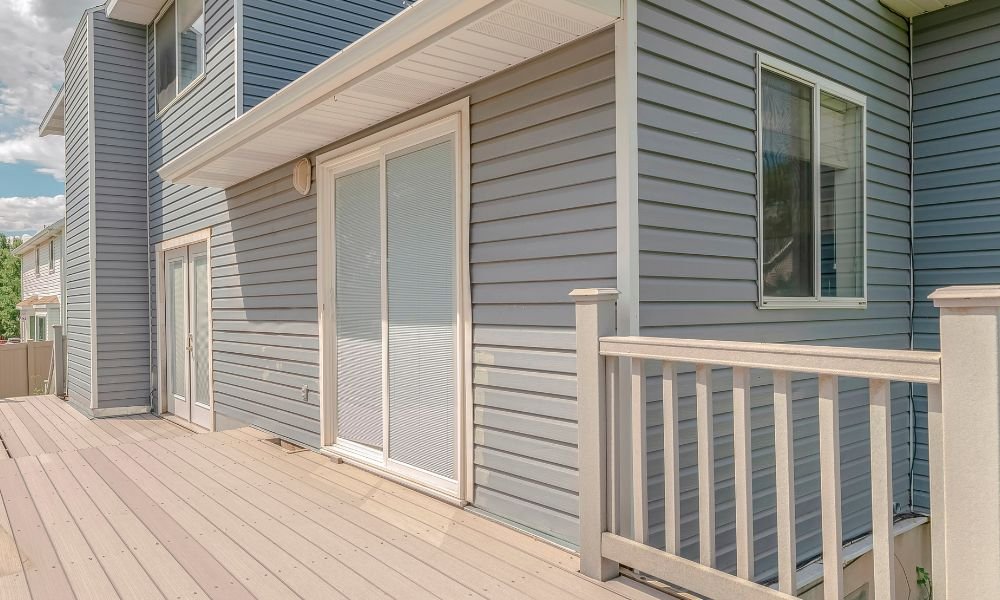How To Evaluate Properties Near Ponds Before Investment

Pond-front properties look attractive on the surface, but smart investors must recognize the added complexity tied to them. Water features influence equity, create unique maintenance needs, and directly affect how buyers perceive long-term value. Before making any decision, you must examine each element of the pond and the surrounding land with a critical eye.
Assess Water Quality and Pond Health
Algae blooms, foul odors, or murky water hint at expensive upkeep that eats into profits. Strong water quality supports higher resale value and shows consistent care by previous owners, while neglected ponds can quickly lower equity potential. Professional water testing also reveals chemical issues or oxygen deficiencies that might remain hidden to the naked eye.
When evaluating properties near ponds before investment, schedule tests to determine if fertilizers, pesticides, or contaminants affect long-term livability. Discovering nutrient imbalances early gives you leverage during negotiations because future remediation can cost thousands. A property tied to a healthy, well-balanced pond secures stable value.
Evaluate Liner Conditions
Ponds that rely on liners depend heavily on their integrity to prevent leaks and costly erosion problems. Different types of liners offer varying pros and cons, so knowledge of liner material and conditions is important. Visible cracks, folds, or bulges in the liner signal potential structural issues and added financial consideration.
A lined pond in strong condition adds security to your investment, while deterioration creates uncertainty and liability. Check liners to calculate accurate maintenance costs before you fully commit. In many cases, professional liner assessments arm you with information to renegotiate asking prices.
Review Erosion and Drainage Patterns
Eroding banks expose roots, weaken soil, and threaten nearby structures, reducing property stability. Poor drainage creates flooding hazards that lead to higher insurance premiums and unforeseen repair expenses. Identify collapsed banks or excessive silt to gain clear evidence of problems waiting to worsen.
Properties near ponds with effective drainage solutions, such as swales or retaining walls, present less risk and greater value. Forward-thinking buyers recognize that erosion management protects equity as much as the pond itself. You can predict how the property will handle future storms and heavy rains by evaluating drainage patterns,
Analyze Local Ecosystem and Wildlife Impact
Fish populations, bird activity, and surrounding plant life tell a story about ecological balance. Overgrowth or invasive species degrade beauty and introduce steep control costs. A balanced ecosystem creates healthier water conditions and enhances lifestyle appeal for potential buyers.
To properly evaluate properties near ponds before an investment, always consider the site’s environmental stability. An active, diverse ecosystem offers recreational benefits while boosting resale appeal. Conversely, properties with ecological imbalance often drag owners into recurring battles with weeds, pests, or invasive fish.
Consider Long-Term Maintenance and Cost Projections
Investors must anticipate recurring expenses, such as dredging, liner repairs, or invasive plant management. Each ongoing cost directly impacts profitability and determines the overall strength of an investment. Failing to forecast long-term expenses may leave you with pond upkeep that outweighs the value of water views.
Budgeting for future maintenance strengthens your negotiation stance and can prevent equity erosion down the road. With proper planning, you secure pond-front property that rewards you with beauty and financial stability.
Ponds create opportunity and risk, making evaluation crucial for any serious investor. With knowledge, preparation, and careful observation, you position yourself to make a profitable decision.



![There’s No Foreclosure Wave in Sight [INFOGRAPHIC]](https://dannysellsmiamihomes.com/wp-content/uploads/2024/02/Why-Its-More-Affordable-To-Buy-A-Home-This-Year-MEM-rXef5T-344x1024.png)